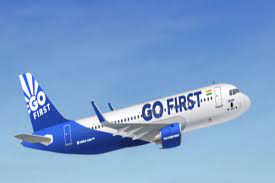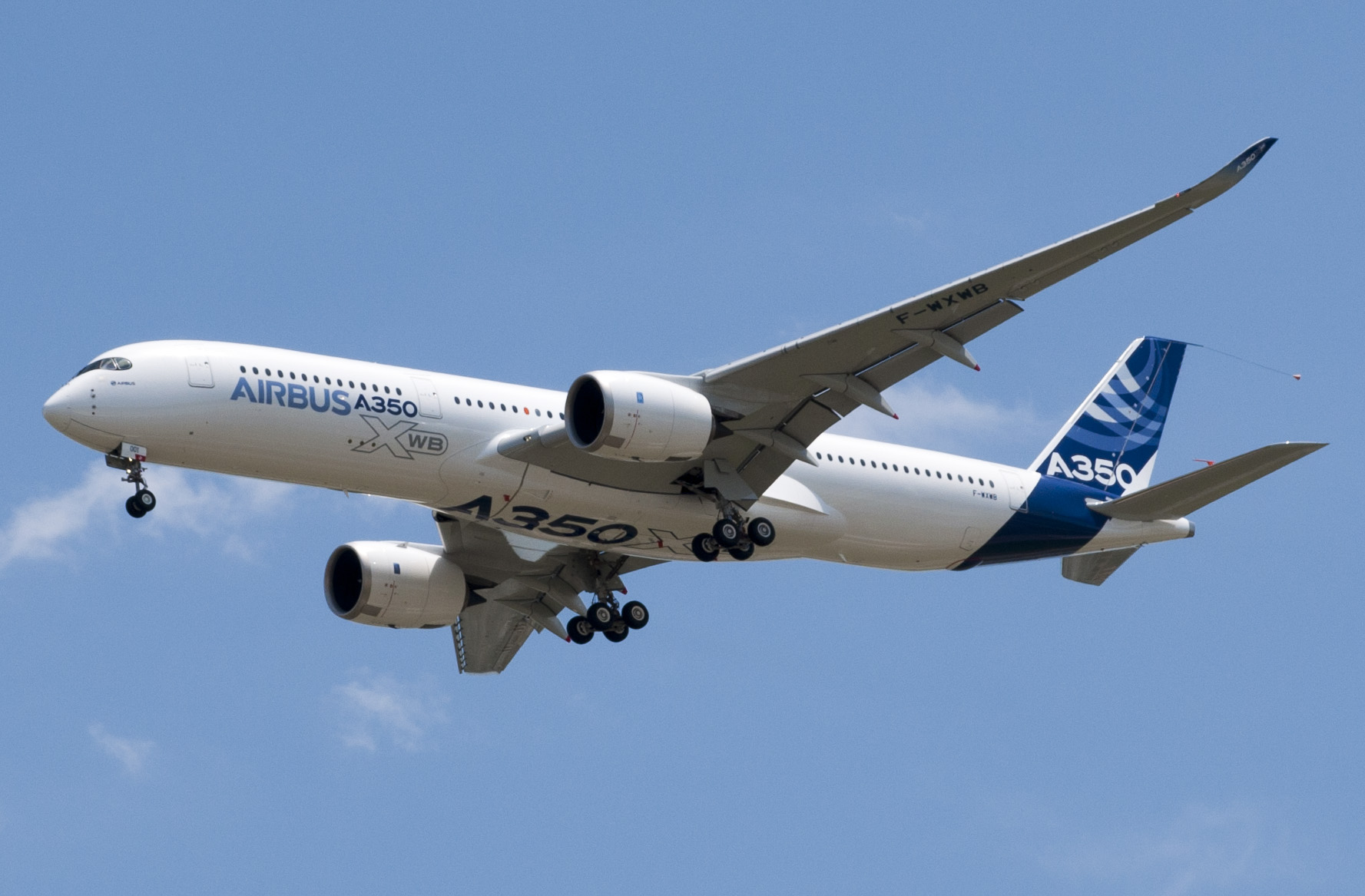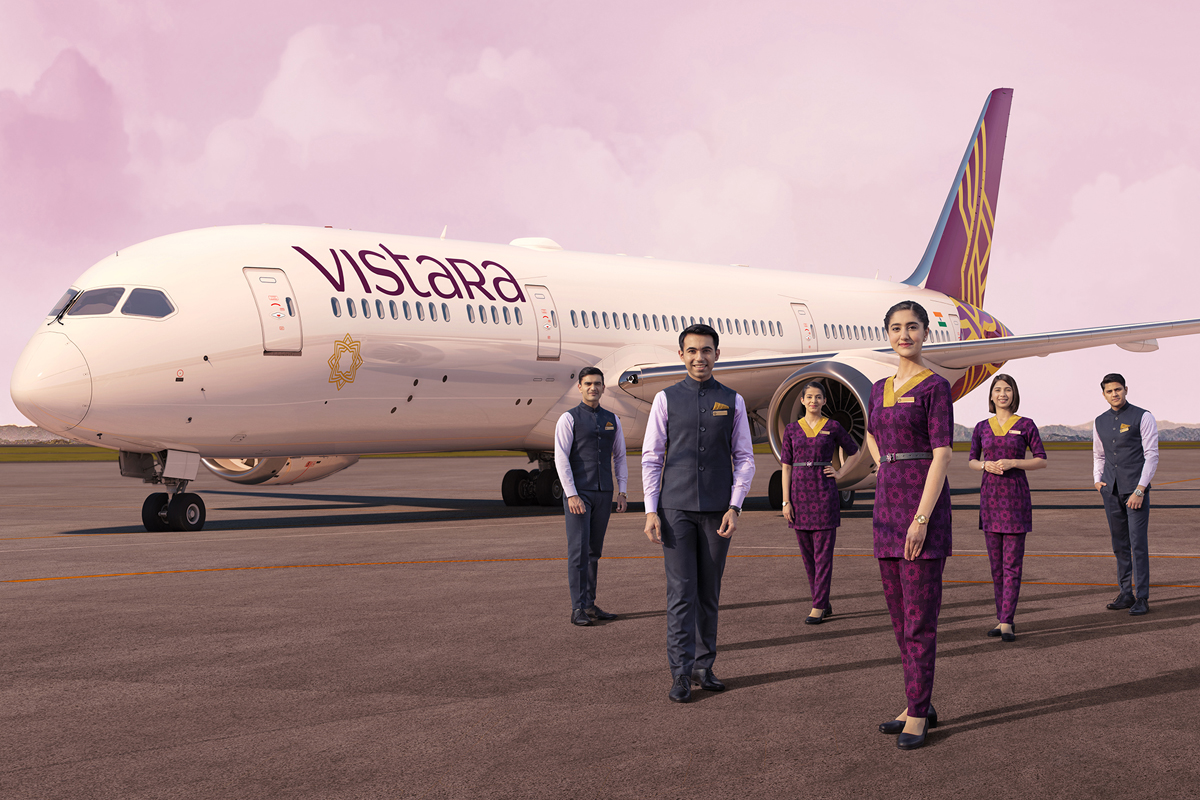With a “nimble” approach, Vistara is focussing on a leaner cost-structure as well as exploring newer avenues to supplement earnings, its CEO Leslie Thng has said and emphasised that full-service carriers are even more relevant in the current COVID scenario.
The Delhi-based airline, which entered the domestic aviation space in January 2015, aims to have 70 planes in its fleet by 2023.
In an e-mail interaction with PTI, Thng said that full service carriers look to be relevant more in the current scenario due to less density of seats in the cabins.
With the pandemic, there is increased focus on social distancing during air travel.
The airline has been “nimble” in approach, and has always believed that the market is big with space for all players, given the diverse needs of customers. While some temporary adjustments and modifications have been done to its short-term plans, the airline remains focused on its long-term vision of densifying domestic network and expanding globally, he noted.
“We have observed an increase in demand for the premium cabins, even amongst newer customer segments, as they look for greater safety, comfort and social distancing.
“We are at an advantage with our sought-after, highly differentiated product with three cabin classes (business, premium economy and economy), which continues to attract customers across varied segments,” the Vistara chief said. Vistara has a fleet of 46 aircraft.
According to him, the airline has renegotiated various contracts with partners and implemented salary cuts to reduce operating expenditures besides leveraging on opportunities such as commercial cargo, charter flights, and also introducing several ancillary services to generate additional revenues.
“Our overall focus was to achieve and maintain a leaner cost-structure while exploring newer avenues to supplement our earnings,” he pointed out.
The second COVID wave has drastically impacted the aviation sector, and air travel demand, which was on the recovery path, has come down.
“These are truly unprecedented times, and there is no past reference to help estimate a future outlook. Having said that, we will continue to be agile, look at ways to control costs and explore avenues to generate additional revenue by leveraging every viable opportunity we are presented with,” Thng said.
While the airline is working out the delivery schedules of aircraft with Airbus and Boeing, the Vistara chief said, “we expect to receive the remaining four Boeing 787-9 Dreamliner aircraft this fiscal along with more from the order we placed with Airbus for A321neo and A320neo aircraft”.
Overall, the airline aims to have 70 aircraft in the fleet by 2023, he said.
Currently, the fleet has 36 Airbus A320s, two A321 neos, six Boeing B737-800NGs, and two B787-9 Dreamliners.
Despite reduction in deployed capacity, Thng said the airline plans operations in such a way that its entire fleet is utilised and continues to be fully functional.
In the wake of the pandemic, the carrier adjusted capacity deployed across its network, reducing from almost 75 per cent of pre-COVID capacity in early March this year to around 25-30 per cent at present.
“From the time that the first nationwide lockdown was imposed last year, we have been pursuing negotiations of several contracts with partners, vendors and lessors. Our partners understand that we are all in this together and have been very supportive of our efforts showing great confidence in Vistara’s future plans and its ability to navigate this crisis,” Thng said.
In 2020, Vistara added two new B 787-9 Dreamliners, two A321 neo and four A320 neos to its fleet while five of its old A320 ceo planes were returned to the lessors.
Vistara was born to be a “global airline” from India, and since launching international operations in 2019, it has been pursuing its ambitions of expanding the footprint in the global market while expanding its domestic network, Thng said.
In the last fiscal which ended on March 31, 2021, the airline launched six new international destinations, under travel bubble agreements, including London, Dhaka, Doha, Frankfurt, Sharjah and Male.
“We continue to review more such opportunities to operate similar flights to other destinations,” he said.
The airline is set to launch its flights from Delhi to Tokyo from June 16, under the India-Japan air bubble pact.
“We certainly wish the circumstances were better and more conducive to the launch of our operations in Japan. However, we feel that this route is still commercially viable and promising. It is also an important cargo route, which is a significant revenue stream, especially amidst the ongoing pandemic,” he said.
According to him, as an important and strong global hub for business and trade, Japan fits the airline’s network strategy very well and it had been part of our expansion plan much before the pandemic struck the world.
In 2019, Vistara had entered into a codeshare agreement with Japan Airlines.
Emphasising that Vistara is a long-term player in the domestic aviation space, he said the airline remains committed to protecting all jobs at the airline. The situation is highly dynamic and the airline will continue to closely monitor the market, he noted.
“We are evidently going through one of the toughest times in the history of the aviation industry. Given the constantly evolving situation, it is very difficult to estimate the timing of a full recovery at the moment,” Thng said. (Source: PTI)





